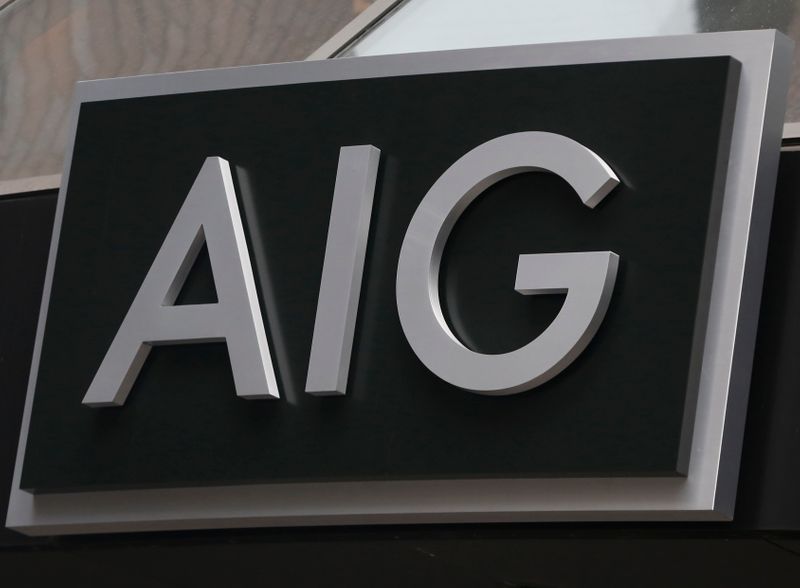NEW YORK (Reuters) – U.S. life insurers face questions about their ability to cover a sudden rush of claims after the Federal Reserve highlighted liquidity and leverage risks in a report this week.
Issues the Fed focused on are not new: Life insurers have for years been stocking up on assets that are hard to sell and adding debt that expires relatively quickly to boost investment returns, which have been hit by low interest rates.
The Fed noted that life insurers are more leveraged and face a bigger liquidity gap between illiquid assets and liquid liabilities than they have since the 2007-09 financial crisis. Based on assets to equity, life insurers appear riskier than property and casualty insurers, banks and broker-dealers, the Fed said.
When the Fed highlights an industry in its biannual financial stability report, investors and analysts take notice. That is especially true now, as the industry frets about whether President-elect Joe Biden could slap the “systemically important financial institution” (SIFI) label on them once again.
Being a SIFI means a company’s failure threatens the economy, and therefore warrants tighter regulation. MetLife Inc <MET.N>, Prudential Financial Inc <PRU.N> and American International Group Inc <AIG.N> got that designation removed in recent years after shrinking and de-risking their balance sheets and, in MetLife’s case, suing the government.
Though insurance executives recently assured Wall Street that their capital and liquidity levels are solid under regulatory requirements, the Fed’s conclusions are hard to ignore, analysts said.
“From the vantage point of having to dispose of something quickly, it might be a little more challenging,” said Credit Suisse analyst Andrew Kligerman. “But these companies are doing a fine job of matching the duration of assets and liabilities.”
Credit analysts noted that life insurers have more capital than before the financial crisis and have increased their cash liquidity by borrowing and by reducing dividends and share buybacks this year in response to the coronavirus pandemic.
Life insurers take premiums from customers and invest them to generate income. When interest rates are low, it becomes harder to do that with safe, liquid investments like Treasury bonds.
Over the past decade, the industry has weighted more of its investments in long-term and less easily sold assets like corporate bonds, commercial real estate and alternative assets to generate more income. At the same time, life insurers have boosted borrowing from short-term funding sources, like Federal Home Loan Bank advances, which are cheaper than other types of loans, to earn additional income.
That imbalance could harm life insurers’ ability to handle sudden claims, according to the Fed, but analysts said the companies are handling their balance sheets prudently.
“They’re utilizing their balance sheets to augment their investment returns. That’s appropriate,” said Rosemarie Mirabella of AM Best, a credit rating agency focused on insurers.
The Fed report put life insurers alongside hedge funds as having elevated leverage. It included a chart showing a measure of leverage at life insurers being nearly four times that of property and casualty insurers, based on assets to equity.
Another set of charts showed life insurers having 35% of assets in “illiquid, risky” investments, while short-term funding sources took up a bigger chunk of their liabilities.
Even so, analysts were reassured by third-quarter results that showed major U.S. life insurers having adequate financial measures.
(Reporting by Alwyn Scott; Editing by Lauren Tara LaCapra and Steve Orlofsky)


















